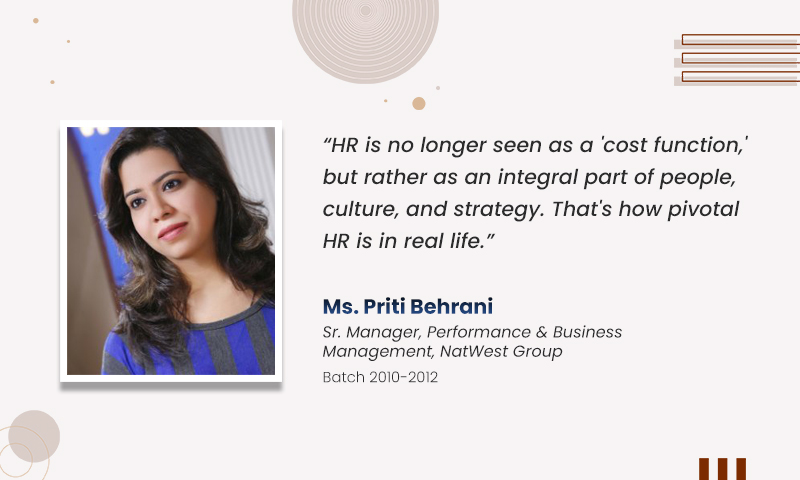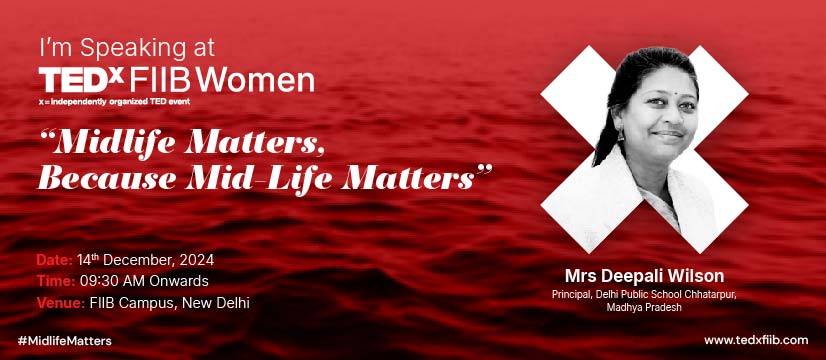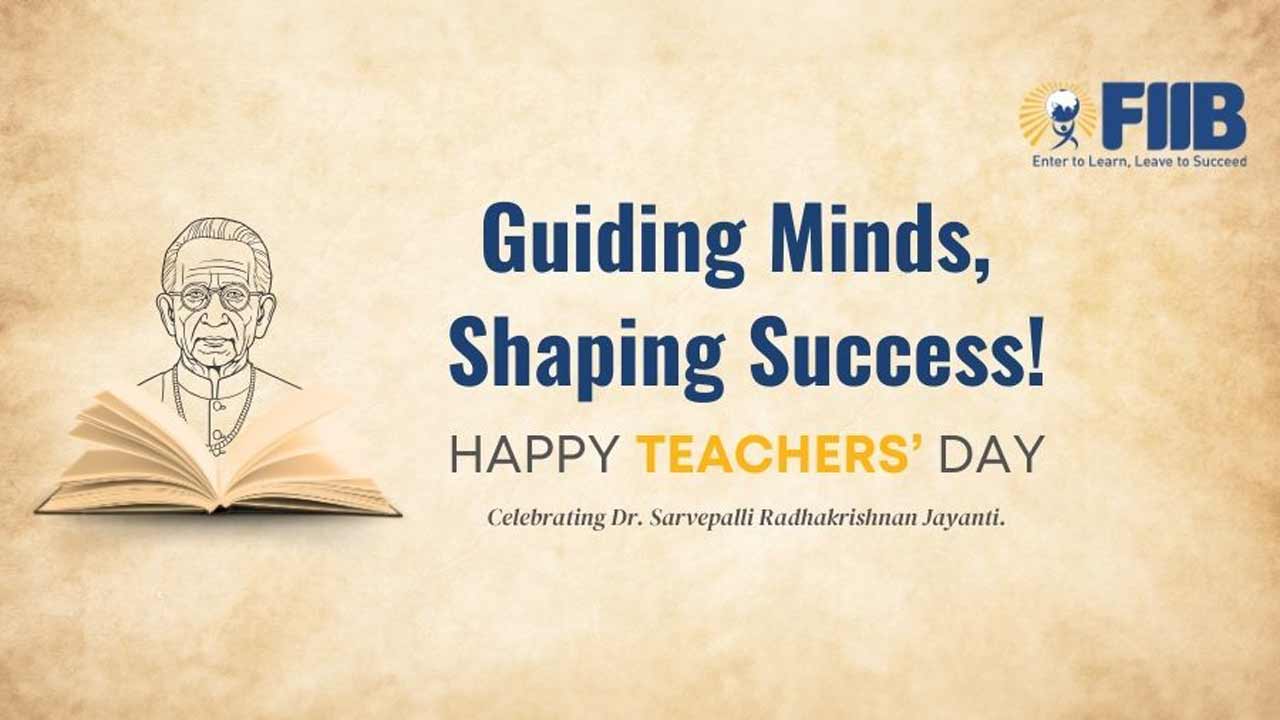Creativity in the workplace—significantly when solving problems—is undeniably critical. There is no point in approaching new problems with old solutions and expecting the same results. The key to this problem requires innovation-based processes. Management students who aspire to be tomorrow’s leaders also face complex, ambiguous problems with no clear solution or approach. Solving these problems requires the ability to identify and apply different strategies. Problem-solving skills do not necessarily develop naturally. It needs to be explicitly taught so that it can be transferred across multiple settings and contexts. This article will discuss how we create a mindset to handle complex business problems.
Creating a Classroom Culture of Problem Solvers
The experience of encountering problems that seem to need a clear cause can be frustrating. Research that yields unclear results or disagreements about a defined problem leads to this phenomenon. A creative approach to problem-solving can be helpful in these situations, even when the solution is unclear. The creative problem-solving process is less structured than other forms of innovation, but it fosters innovation and more accessible workplace adaptation by exploring open-ended ideas and shifting perspectives. Additionally, it is most effective when paired with other innovation-based processes, such as design thinking.
Here’s what Dr. Bhajneet Kaur, as a Faculty – Business Analytics, FIIB, experimented with teaching and developing a structured approach to problem-solving for the batch of 22-24 PGDM. Individual student assignments were planned and prepared during the course under Prof. Vibhor Kataria’s (Faculty, Human Resources FIIB) guidance. This assignment required students to examine business issues from the perspective of startups, small businesses, and newly created ventures. These people need to be met; the challenges they face must be discussed as to what students can do to help. As part of the class, the students were also taught to apply the various concepts and problem-solving methods explained and practiced using various business examples.
As the students delved into their business issues, they were able to understand, define, and develop some solutions. As well as data authenticity, other ethical aspects were explained. Various problem-solving methods were used, including Cause and Effect Analysis (Fishbone), Pareto, 5W and 1H, Why-Why analysis, Mind mapping, MECE, solution trees (issue trees), etc. Their journey was challenging. When exposed to case-based and experiential learning, students gain a much deeper understanding of theory and concepts. As stated in the course outline, the class covered business problem-solving processes and methodologies. When working on their projects, students were asked to apply these concepts by presenting various case examples and examples of problem-solving in class while experimenting with and examining business issues. As students approached business people, the primary challenge was understanding their stories and translating them into statements. Prof. Mokhalles Mehdi, Faculty – Marketing, FIIB, shared his unique cases with the students and helped them to understand the case-related documents. A case-based quiz was conducted before the case writing process for students to know what type of story to develop by analyzing their cases.
Pedagogy Innovation
Taking the plan mentioned above, students explored various startups and solved business problems by implementing all learning concepts and methods. It focused on understanding and defining the problems of startups and small businesses, recommending solutions to those problems, and providing solutions to sustain those businesses. Students were introduced to solving real business problems in the course’s first session. This assessment component (problem-solving cases) was divided into multiple sub-components to ensure quality. Advised by Professor Vibhor Kataria, this innovative idea is the result of his research.
Providing students with learning opportunities
Students identified business problems by identifying the right place where solutions are needed. Their knowledge of different methodologies and tools was enhanced during the course. Access to support outside the classroom allowed them to develop uninterrupted solutions. As a result of their experience, they also gained valuable insight. They initially faced several challenges in identifying and defining the issues, but they were guided as they progressed. Taking the time to write well-written cases that can be used in teaching and publication was a valuable experience for the students.
Overall, healthy participation allowed students to develop assignments during class. As most of the topics were entirely novel to the students, interactive query handling and case discussions were the best part of the sessions. The students gained practical experience and developed the ability to formulate effective problem statements, one of the most critical business analytics and management decision-making skills. During the project, faculty and students also discussed how to avoid the following three mistakes when drafting a problem statement:
- Ignoring the problem statement: People often skip it, which is the first failure mode. This is also evident in established organizations with intact teams. Team members rarely have as much common ground and cohesion as they may think. A marketing person is likely to see marketing problems, an operations person is expected to see operations problems, and a finance person is likely to see finance problems.
- Solving the problem instead of identifying the problem: As for failure mode two, people often write things that aren’t problems but diagnoses or solutions disguised as problems. Formulating good problem statements involves separating the problem from the solution. Innovating something is much easier if those two pieces are separated.
- It is unclear what the problem is: People often need more precision in their problem statements, the third failure mode. This results in a lot of unfocused activities that are wasteful. To make your organization more efficient and effective, the key is to select specific problems, tackle them quickly, and establish a series of projects.
#FIIBIndia: Ranked #3 – Top Pvt. B-Schools of Delhi by CSR-GHRDC
A unique city B school in the heart of Delhi, FIIB consists of a diverse and talented team of world-class faculty, researchers, and industry experts with technologically advanced infrastructure to assist with your career development. We at FIIB understand the importance of creativity in entrepreneurship. Through our world-class entrepreneurship curriculum, our graduates and faculty have shaped businesses worldwide through expanded entrepreneurial thinking and the skills required to execute creative ideas. For more information about admissions, visit https://admissions.fiib.edu.in/














Leave a comment